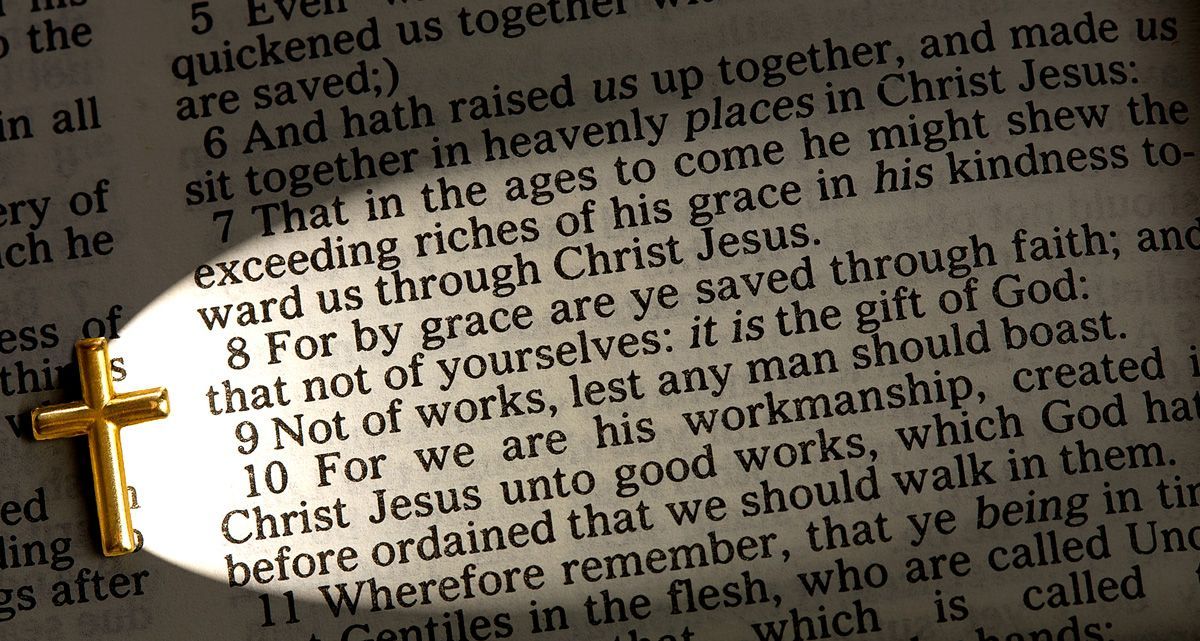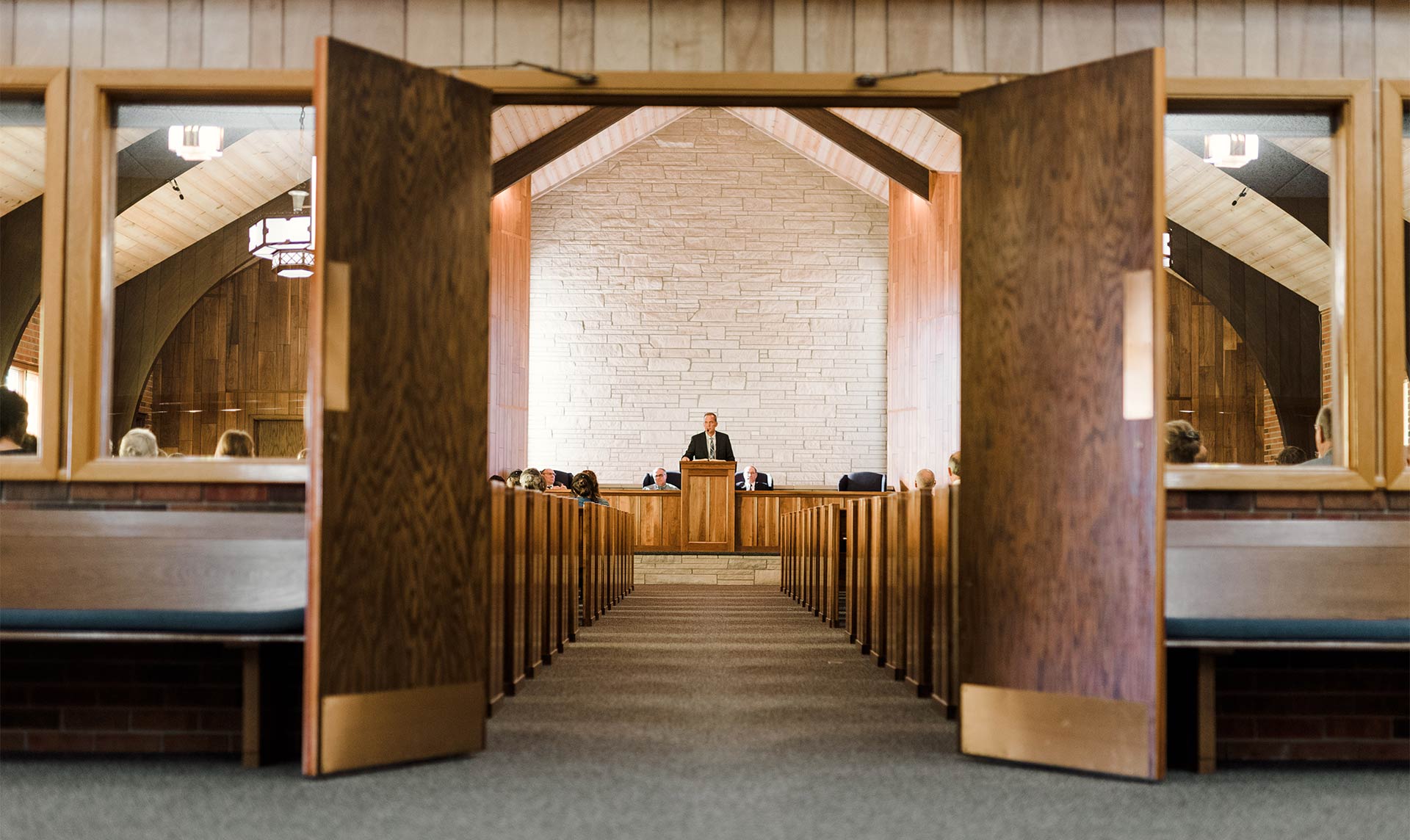The Trinity Revealed
"God is a Spirit: and they that worship him must worship him in spirit and in truth. I and my Father are one. Howbeit when he, the Spirit of truth, is come, he will guide you into all truth: for he shall not speak of himself; but whatsoever he shall hear, that shall he speak: and he will shew you things to come." (John 4:24, 13:10, 16:13)

When we hear the word Trinity, we might initially think of a complicated math problem—how can three persons be one God? This way of thinking often shapes how we discuss and try to understand the Trinity, as though it were a formula to piece together from Scripture. We quote verses that affirm God is one,[1] that Jesus is God,[2] and that the Holy Spirit is divine,[3] but this approach can sometimes leave us wondering why God didn’t simply reveal his triune nature outright. Why did he choose to unveil such an essential truth over thousands of years? Was it too confusing, or perhaps not important enough?
If we think about it, God is often a patient teacher, leading his people step by step toward deeper understanding. Consider our understanding of justification. Even in the Old Testament, faith was a critical element of man’s relationship to God. Abraham believed God, and it was counted to him as righteousness.[4] Yet Abraham and the other saints of old did not fully understand how God would accomplish their salvation. They trusted God to fulfill his promises, even when they could not see the full picture.[5]
Another example is the Old Testament sacrificial system. God provided a way for his people to approach him through sacrifices that cleansed the temple and enabled the forgiveness of sins. But these sacrifices were never sufficient in themselves. They pointed to something greater – a perfect and final sacrifice that would deal with sin once and for all.[6] Just as justification and the sacrificial system became clearer in the light of Christ’s coming, so too does God’s triune nature become fully revealed in the New Testament.
Shadows of the Trinity in the Old Testament
The Old Testament does not explicitly teach about the Trinity, but it offers shadows and glimpses that point to this truth. The very first chapter of Scripture introduces us to a God who is both one and yet relational. God created the world by his Word: “And God said, ‘Let there be light,’ and there was light.” The Spirit of God hovered over the waters, and when God created humanity, he says, “Let us make man in our image, after our likeness.” These moments reveal that God’s nature involves both unity and plurality.
Throughout the Old Testament, God’s triune nature appears in further shadows. The Word of God acts as his agent, accomplishing his purposes.[7] The Spirit of the Lord empowers prophets, kings, and judges, revealing God’s will and presence.[8] A being described as the “Angel of the Lord” often appears as a divine figure, speaking with God’s authority and even receiving worship.[9]
The Heart of the Gospel
The full revelation of the Trinity comes in the New Testament, where we see God’s plan of salvation accomplished through the work of the Father, the Son, and the Holy Spirit. Galatians 4:4-7 beautifully summarizes this truth.
----------------------------Continued portion below------------------------------
“But when the fulness of the time was come, God sent forth his Son, made of a woman, made under the law, To redeem them that were under the law, that we might receive the adoption of sons. And because ye are sons, God hath sent forth the Spirit of his Son into your hearts, crying, Abba, Father. Wherefore thou art no more a servant, but a son; and if a son, then an heir of God through Christ.”
This passage brings the whole gospel into focus under the doctrine of the Trinity. At just the right time – after generations of preparation, after the Old Testament shadows and promises – God sent his Son. The horror of sin could not be remedied by another prophet, angel, or mere human. Only God could deal with the guilt and effects of sin. And so, the eternal Son of God took on flesh, entering the world as one of us. Jesus bore our sins on the cross as the perfect sacrifice, more than able to fully atone for the rebellion of humanity.[10]
Yet the work of salvation does not stop at the cross. Through the resurrection and ascension, Jesus secured eternal life for all who believe in him. To make this salvation tangible (not just a label), God sends his very Spirit into our hearts. The Holy Spirit is not an impersonal force but the mighty third person of the Trinity, who dwells within us, regenerating our hearts and empowering us to love as he does, enabling us to call God our Father. As Paul says, “And because ye are sons, God hath sent forth the Spirit of his Son into your hearts, crying, Abba, Father.”[11]
This is the glory of the gospel: the triune God works in perfect unity to save us. The Father, out of his love and patience, sends the Son. The Son accomplishes our salvation through his life, death, and resurrection, and the Spirit brings this salvation to life, drawing us into the very righteousness and love of God. Just as Jesus is the Son of God by nature, we become sons and daughters of God by grace. Through the Spirit’s work in us, we share in Christ’s power over sin and relationship with the Father, crying out to him in intimacy and trust.
When we hear the word “Trinity,” we should not first think of abstract complexity that does not affect our everyday life. Instead, we should by default think of the love of the Father, the sacrifice of the Son, and the powerful presence of the Spirit. The Trinity is right at the heart of the gospel. It is the truth that God himself has come to rescue and restore us, drawing us into eternal fellowship with him so that, as Jesus says, “That the love wherewith thou hast loved me may be in them, and I in them.”[12]
[1]
Deuteronomy 6:4; 1 Corinthians 8:6
[2] John 1:1; John 20:28
[3] Acts 5:3-4
[4] Genesis 15:6
[5] Hebrews 11:13-16
[6] Hebrews 10:1-4
[7] Psalm 33:6; Isaiah 55:11
[8] Judges 6:34; Ezekiel 2:2
[9] Exodus 3:2-6; Judges 6:11-24
[10] 1 Peter 2:24
[11] Galatians 4:6
[12]
John 17:26









